Cordoba is the pearl of Andalusia, an ancient city in which three cultures harmoniously coexisted for centuries: Christian, Jewish and Muslim. Founded before the arrival of the ancient Romans, Cordoba reached its peak in the Early Middle Ages under powerful Moorish rulers. Conquered from the Arabs by Christians, it gradually turned from the brilliant capital of the caliphate into a provincial, but not without charm, city.
Today, Cordoba is a picturesque city literally immersed in the aroma of spring flowers. Every year there is a competition for the most beautiful patio. Tablao taverns hide among the narrow streets of the Jewish quarter, where dancers perform an incendiary flamenco dance in the evenings and guests are treated to hearty Andalusian dishes.
What to see and where to go in Cordoba?
The most interesting and beautiful places for walking. Photos and a short description.
- Mesquite
- Alcazar of Christian Kings
- Jewish Quarter
- Synagogue
- Roman bridge
- Tower of Calahorra
- Puerta del Puente
- Roman temple
- Madina al-Zahra
- Merced Palace
- Royal stables
- Viana Palace Museum
- Museo Julio Romero de Torres
- Bullfighting Museum in Cordoba
- Archaeological Museum of Cordoba
- Plaza del Potro
- Tendillas Square
- Correder Square
- El Cristo de los Faroles
- Flower street
Mesquite
Mezquita is one of the iconic sights of Andalusia, the former main mosque of the great Caliphate of Cordoba, which has turned into a Catholic cathedral since the 13th century. The grandiose building in the style of traditional Moorish architecture was built in the 8th century under Emir Abdar Rahman I. The best masters of the Islamic world were invited to work, who eventually created a masterpiece that survived the centuries.
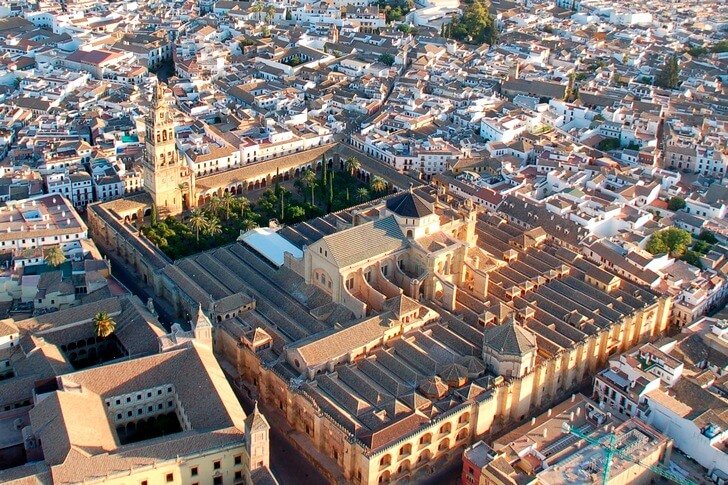
Address: Calle Cardenal Herrero, Córdoba, Spain
Phone: +34 957 470 512
Opening hours: 08:30 - 19:00
Alcazar of Christian Kings
Medieval fortress located in the historic center of Cordoba. During the Reconquista, it served as the main residence of the Catholic kings - Ferdinand of Aragon and Isabella of Castile. The Alcazar was erected on the site of an ancient Visigoth fortification destroyed by the Moors during the conquest of Spain. Subsequently, the rulers of the Cordoba Caliphate rebuilt the fortress and began to use it as a royal palace.
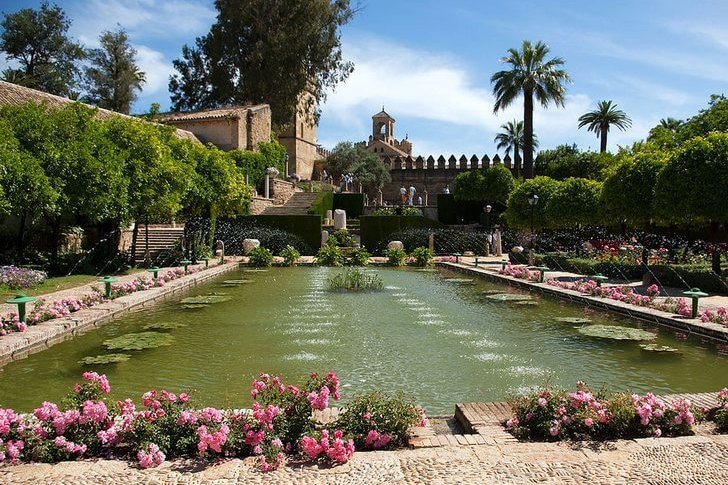
Address: Plaza Campo Santo de los Mártires, Córdoba, Spain
Phone: +34 957 200 522
Opening hours: 08:30 - 20:45
Jewish Quarter
The Jewish Quarter in Cordoba was built during the Arab rule. Until the end of the 15th century, Jews lived on its territory, until Isabella of Castile ordered to expel them from the city. The narrow streets of "Juderia" (as the quarter is called in the Spanish manner) still retained the spirit of the medieval Mauritanian Córdoba. The appearance of the area has not changed for many centuries.
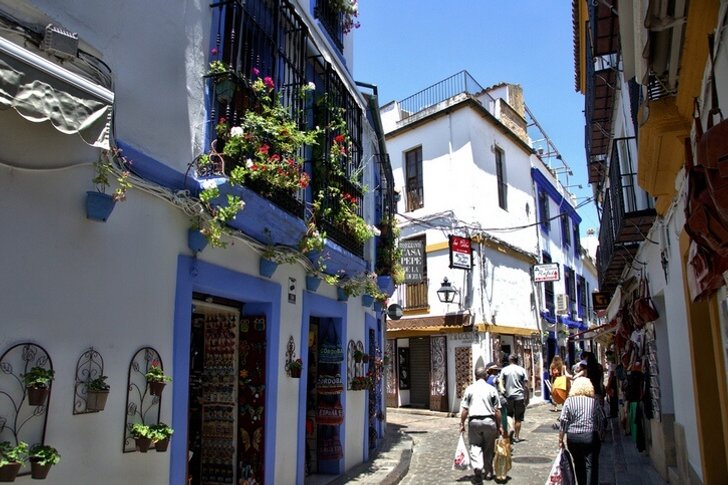
Address: Calle Judíos, Córdoba, Spain
Phone: +34 957 201 774
Opening hours: 24/7
Synagogue
The Jewish temple was built at the beginning of the XIV century, when favorable times came for the Jews in Cordoba. The synagogue was built in the Mudéjar style, harmoniously combining elements of Moorish and Gothic style. After the expulsion of the Jews, the building housed a hospital, then a chapel and a school. Since the beginning of the 19th century, the temple has been recognized as a valuable architectural monument. Today, there is a museum on its territory.

Address: Calle Judíos, 20, Córdoba, Spain
Phone: +34 957 202 928
Opening hours: 09:00 - 15:30
roman bridge
Stone arched bridge across the Guadalquivir River, 250 meters long, consisting of 16 arches. It was built in the 1st century BC and was part of the August road. In the 10th century, the Arabs restored the bridge. The construction was maintained in working condition throughout the Middle Ages and the New Age. Moreover, until the middle of the 20th century, this bridge was the only crossing over the river. Only since 2004 it has become pedestrian.
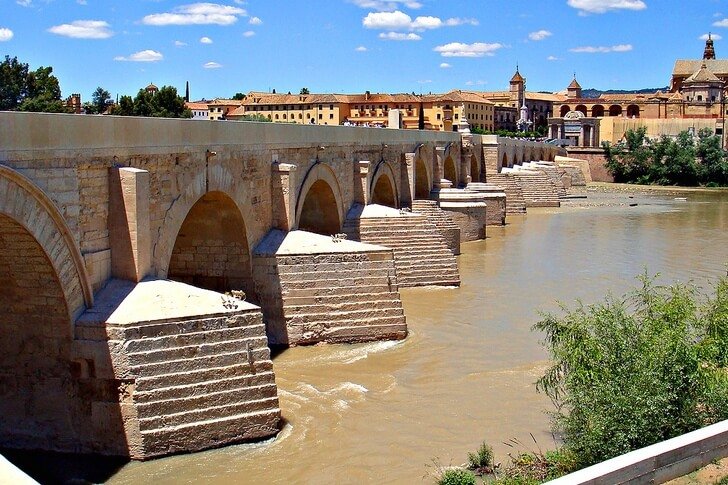
Address: Puente Romano, Córdoba, Spain
Phone: +34 957 201 774
Opening hours: 24/7
Tower of Calahorra
12th-century defensive structure erected under the Almohads on the banks of the Guadalquivir. The architecture of the building is an example of the late Islamic style. During the liberation of Cordoba from the Moors, the tower was damaged, but in the XIV century it was restored. Since the 1930s, it has been included in the list of protected cultural objects. Today, the Museum of Three Cultures is located on its territory.
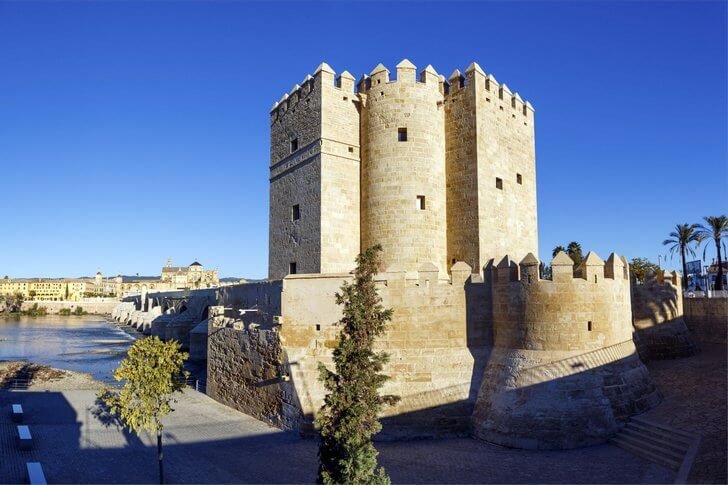
Address: Calle Pucheta de la Calahorra, Córdoba, Spain
Phone: +34 957 290 642
Opening hours: 10:00 - 19:00
Puerta del Puente
The gate is located in front of the entrance to the Roman bridge. In the Middle Ages, they were part of the fortress wall and performed a defensive function. On the other hand, the construction of Puerta del Puente was supposed to expand the entrance to the city and increase the flow of merchants, which had a positive effect on the city's economy. The gate was built in the Renaissance style according to the design of F. de Montalbanu.
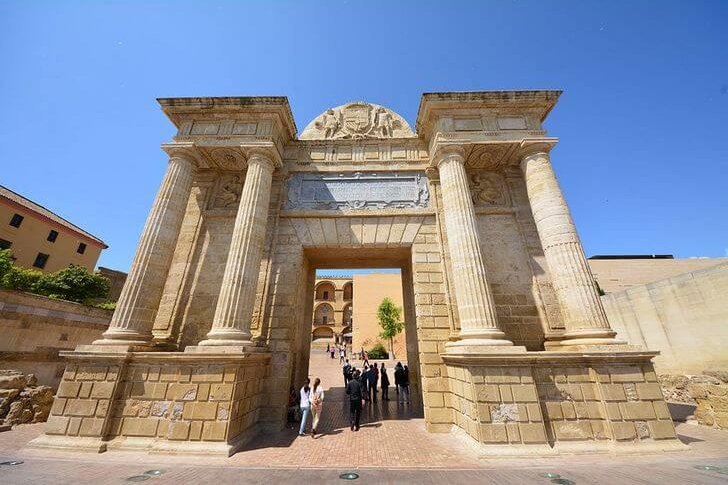
Address: Plaza del Triunfo, Córdoba, Spain
Phone: +34 957 201 774
Opening hours: 24/7
Roman temple
The remains of an ancient Roman sanctuary are located right in the middle of a busy city block at the intersection of streets. They were discovered in the 1950s during construction work. Obviously, in the ancient period of the history of Cordoba, the temple was the main city sanctuary. The building was erected in the 1st century. It is believed that it was used for the worship of the Roman emperors.
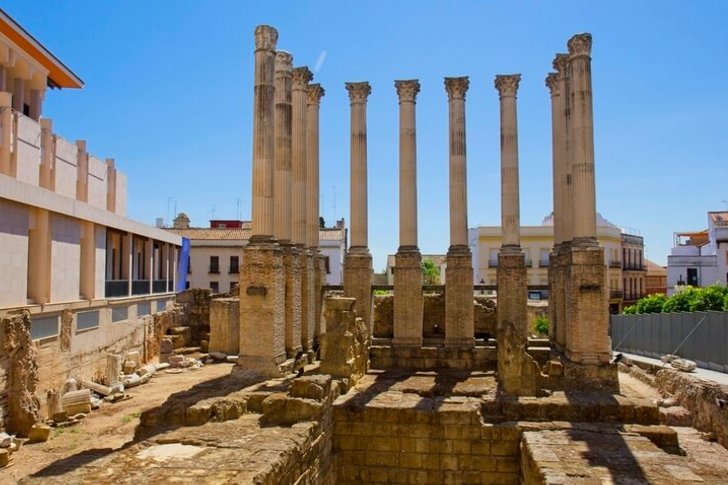
Address: Calle Claudio Marcelo, Córdoba, Spain
Phone: +34 957 201 774
Opening hours: 24/7
Madina al-Zahra
A Moorish city built in the 10th century under Caliph Abd ar-Rahman III, about 8 km from Cordoba. Translated from Arabic, the name means "shining city". The ruler built Madina al-Zahra in order to demonstrate his own power and superiority over other caliphs, as required by the etiquette of that time. Only ruins have survived to our time, but even they give an idea of how beautiful the city was.
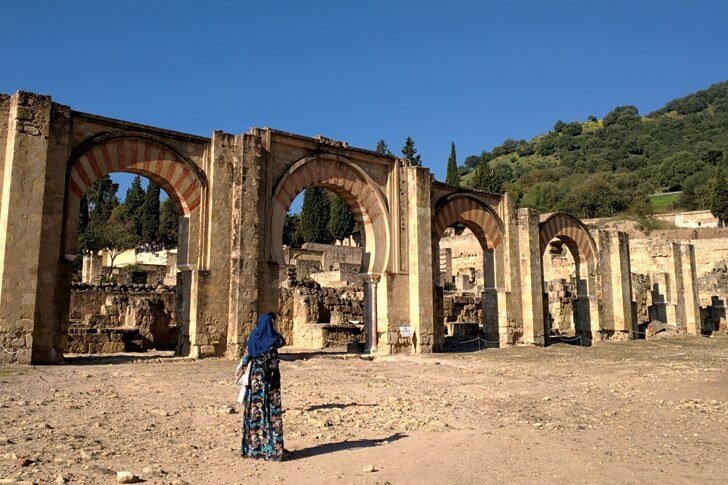
Address: Camino de Almodóvar de Medina Azahara, Córdoba, Spain
Phone: +34 957 104 933
Opening hours: 09:00 - 20:00
Merced Palace
A magnificent building in the Spanish Baroque style that adorns the Plaza de Colon. The building acquired its present appearance in the 18th century as a result of reconstruction. Earlier on the site of the palace there was an early Christian basilica of St. Eulalia and a monastery. Nowadays, the residence of the city and province governments is located on the territory of the palace.
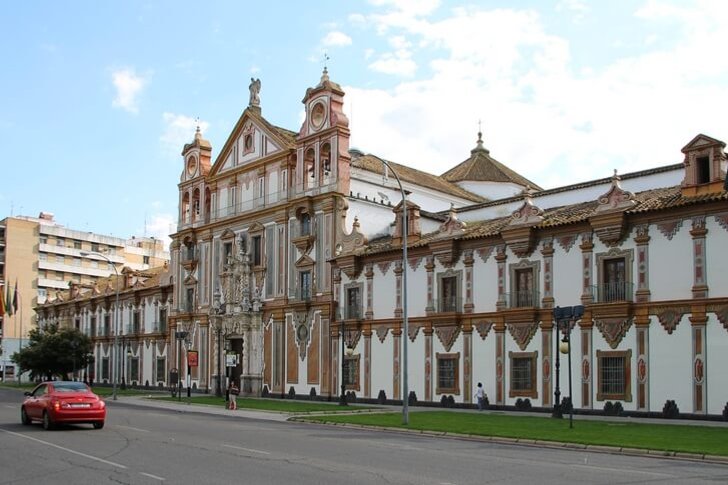
Address: Plaza de Colón, Córdoba, Spain
Phone: +34 957 491 000
Opening hours: 09:00 - 15:00
royal stables
In the 16th century, the stables were built to breed a special breed of horses - the Andalusian. The result of careful crossbreeding is one of the most beautiful horses in the world. Today, the historic building houses an equestrian association, which includes a school, a small museum of carriages and a theater for tourists, where you can see interesting shows and performances with the participation of horses.
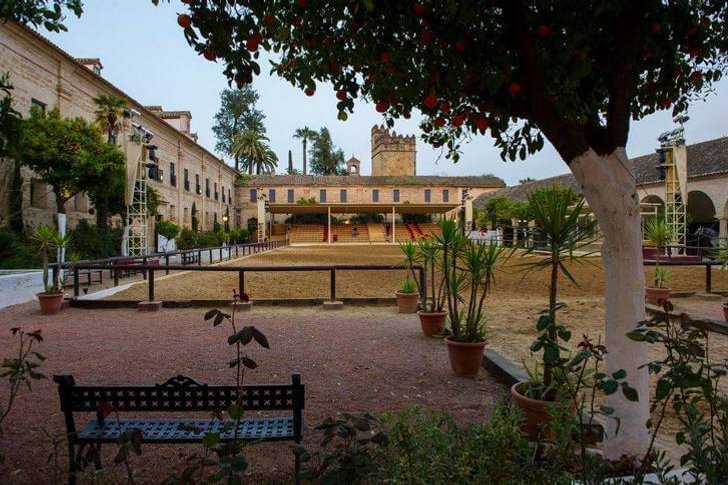
Address: Calle Caballerizas Reales, Córdoba, Spain
Phone: +34 957 290 648
Opening hours: 09:00 - 15:00
Viana Palace Museum
The museum was built on the ruins of a Roman villa in the 14th century. The main facade was built later - in the 16th century (architect J. de Ochoa worked on the project). Until the middle of the 20th century, a private palace was located here, which passed from owner to owner over the centuries. The last owner of the building was the Cajasur bank. By decision of his administration, a museum was founded in the palace, where art collections were placed.

Address: Plaza de Don Gome, 2, Córdoba, Spain
Phone: +34 957 496 741
Opening hours: 10:00 - 19:00
Museo Julio Romero de Torres
Julio Romero de Torres is a Cordoba painter of the 19th-20th centuries who worked in the style of realism. The museum named after him is located in the former hospital building, which stands out from the general urban landscape with intricately painted walls. The Museum of Fine Arts is also located here. The exposition consists of the artist's works, as well as paintings by the masters of bourgeois realism of the early 20th century.

Address: Plaza del Potro, 1, Córdoba, Spain
Phone: +34 957 491 909
Opening hours: 08:30 - 14:30
Bullfighting Museum in Cordoba
Andalusia is considered the birthplace of bullfighting. It is here, according to many Spaniards, that the last bullfight will take place, when animal protection organizations finally send this beautiful, but rather cruel tradition into the past. In the Cordoba Museum you can learn about the history of the competition, its rules, as well as the famous matadors. The ceremonial clothes and weapons of the bullfighters are also available for inspection.
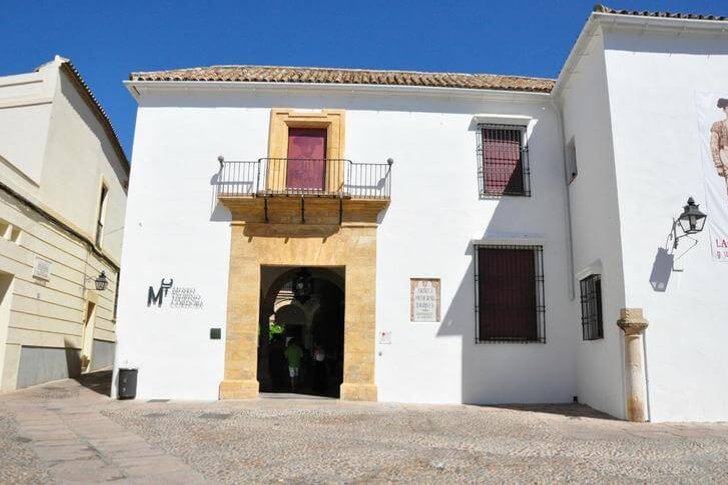
Address: Plaza del Potro, 1, Córdoba, Spain
Phone: +34 957 491 909
Opening hours: 08:30 - 14:30
Archaeological Museum of Cordoba
The museum exposition is located on the territory of the palace, which once belonged to one of the noble families of the city. The building was built in the 16th century according to the design of E. Ruiz. The collection is based on ancient artifacts confiscated from monasteries in the middle of the 19th century. Here you can admire exhibits relating to the Roman, Visigothic and Iberian eras. The museum has a library where literature on archeology is stored.
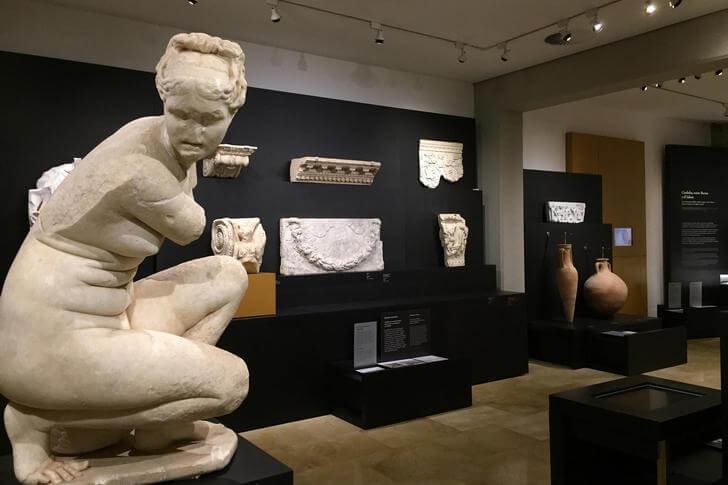
Address: Plaza de Jerónimo Páez, 7, Córdoba, Spain
Phone: +34 957 355 517
Opening hours: 09:00 - 15:00
Plaza del Potro
The name of the square comes from a small fountain crowned with the figure of a colt (“potro” in Spanish means “foal”). Here is the hotel of the same name, mentioned in the immortal work of Miguel Cervantes. Plaza del Potro is a classic Andalusian square: small, cozy and quiet, surrounded by the facades of old houses. Here you can relax, think about the beautiful, or just enjoy the atmosphere of Cordoba.
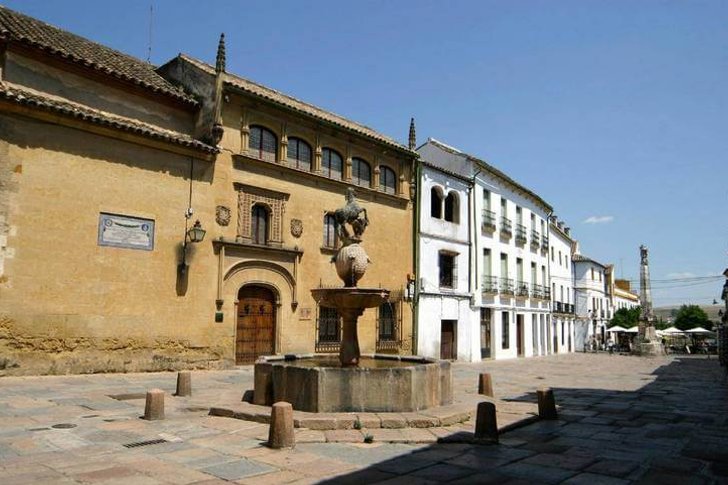
Address: Plaza del Potro, Córdoba, Spain
Opening hours: 24/7
Tendillas Square
One of the central squares of Cordoba, located at the intersection of two main shopping streets of the city. In the middle is a monument to Gonzalo Fernandez de Cordoba, the famous commander who made a significant contribution to the treasury of Spain's military victories in the 15th-16th centuries. Tendillas Square celebrates the New Year and other public holidays, and regional fairs often come here.
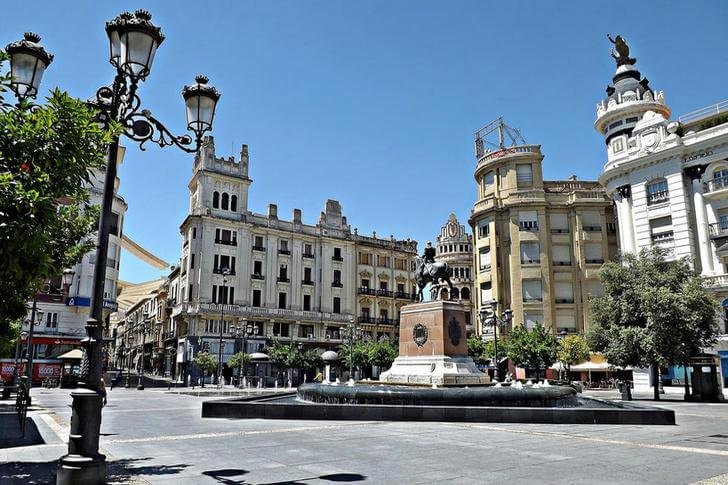
Address: Plaza de las Tendillas, Córdoba, Spain
Opening hours: 24/7
Correder Square
The architectural appearance of Corredera Square is quite atypical for Cordoba and Andalusia as a whole. The place resembles the famous Plaza Mayor in Madrid, as it was built in the "royal" Castilian style. Like the main square of the Spanish capital, Corredera has the shape of a rectangle, along the edges of which are perfectly smooth facades of houses. Its appearance has remained unchanged since the 17th century.
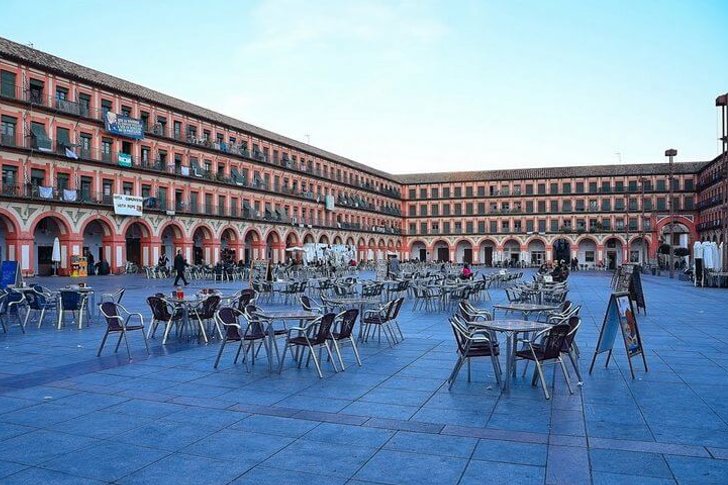
Address: Plaza de la Corredera, Córdoba, Spain
Opening hours: 24/7
El Cristo de los Faroles
A small square, previously located on the territory of the Capuchin monastery. Through it passed the path from one residential quarter to another. At the end of the 18th century, a monument in the form of a crucifix by the sculptor H. Navarro-Leon was erected here. The figure of Christ is surrounded by lanterns, which is why the statue was called El Cristo de los Faroles (“farol” in Spanish means “lantern / lighthouse”).
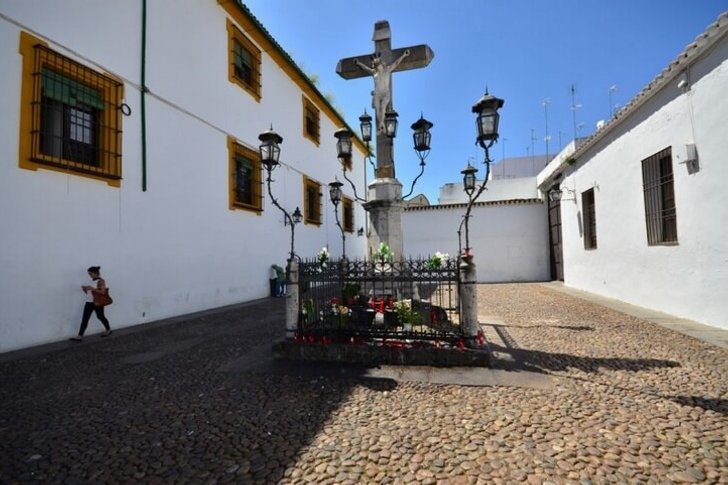
Address: Plaza de Capuchinos, Córdoba, Spain
Opening hours: 24/7
flower street
One of the most beautiful streets in the city and a symbol of Cordoba. White facades of houses, balconies, patios and windows are decorated with pots of bright flowers. The street looks especially picturesque in spring, when the plants begin to bloom and the walls are covered with a bright carpet of roses, hydrangeas and geraniums. At this time, a competition is held for the most beautiful courtyard. Residents open their patios to the public so tourists can appreciate the beauty of the setting.
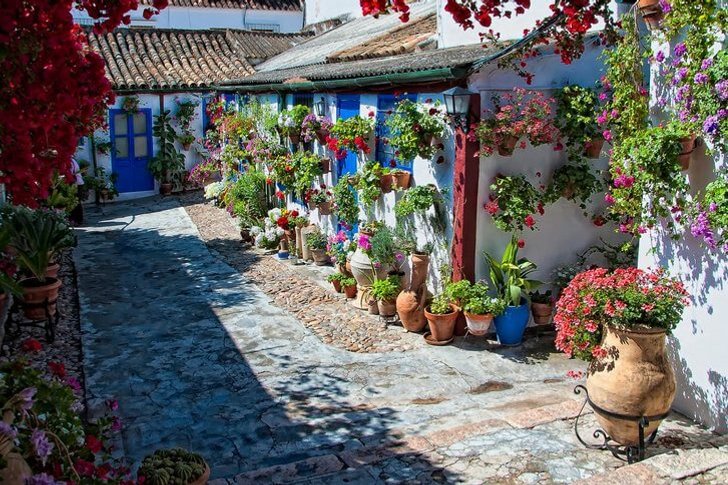
Address: Calle de las Flores, Córdoba, Spain
Opening hours: 24/7